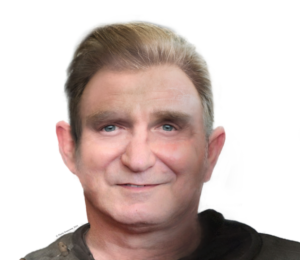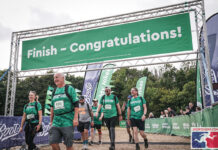

HI-TECH software has been used to give a glimpse of what people living in Edinburgh up to 700 years ago might have looked like.
It comes after remains were found during the excavation of a medieval graveyard in Leith, as part of the Trams to Newhaven project.
Masters graduate students from the University of Dundee, working closely with project sub-contractors GUARD Archaeology and as part of an ongoing internship with the City of Edinburgh Council, used special 3D scanners to build up digital versions of skulls discovered during excavations outside the South Leith Parish Church.
Some 360 bodies in total were exhumed from the site, dating from between 1300 and 1650. The remains are now subject to examination and analysis that the local authority said will reveal information on the origins, health, diseases and diet of the people of medieval Leith.
The first two pictures published show a man and woman both aged between 35 and 50. Early forensic analysis indicates that the woman may have suffered from nutritional deficiencies.
Councillor Lesley Macinnes, transport and environment convener, said, “These images give us a fascinating insight into the lives of the people who lived in our city centuries ago. The work being carried out now will not only shed light on the area’s past but will help to conserve it for many years to come.
“This is all part and parcel of the broader project to bring trams to Newhaven, and I’m glad that we’ve been able to involve residents in exciting developments like this, as we progress with such a major scheme.”
Council archaeologist John Lawson added, “These fantastic reconstructions help us connect directly with our forebearers. Often, we as archaeologists just see the physical remains but the work undertaken by Dundee University’s forensic artists helps put the flesh, so to speak, back onto these remains and by doing so I feel brings them closer to us today.”








